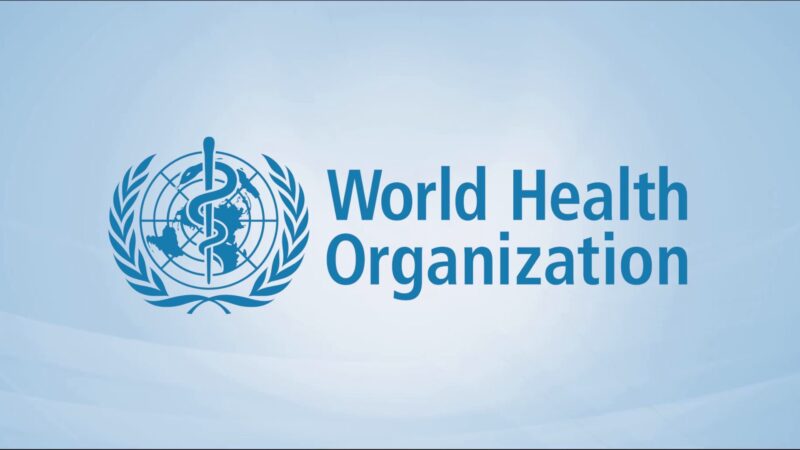
WHO Updates Essential Medicines List for Hemophilia and VWD: Louise Bannon Applauds Global Hematology Community’s Achievement
Louise Bannon, Director of Membership, Marketing and External Relations of ISTH, shared a post on LinkedIn:
”In today’s news!
WHO Updates Essential Medicines List to Improve Care for People with Bleeding Disorders
The World Health Organization (WHO) has updated its Essential Medicines List (EML) and Essential Medicines List for Children (EMLc) to better align with international clinical guidelines for the management of hemophilia and von Willebrand Disease (VWD).
These revisions will help ensure that decision makers worldwide are guided by the latest evidence when selecting and financing essential medicines, improving access to safer and more effective therapies for people with bleeding disorders (PWBDs).
Key updates include:
- New medicines added: Bi-specific monoclonal antibody emicizumab; recombinant FVIII and FIX clotting factor concentrates (CFCs)
- Existing medicines upgraded: Plasma-derived FVIII and FIX CFCs and desmopressin moved from the complementary to the core list
- Medicines removed: Pathogen-reduced and non-pathogen-reduced cryoprecipitate and Factor IX Complex (PCC)
Congratulations to the global hematology community for advocating strongly to achieve these revisions, ensuring that people with bleeding disorders have access to modern, safe, and effective therapies.
ISTH applauds the leadership of the World Federation of Hemophilia (WFH) and its partners for mobilizing this milestone effort and supporting equitable treatment access worldwide.”

Find the latest news in the World of Bleeding Disorders featured in Hemostasis Today.
-
Dec 12, 2025, 14:478 Posts Not to Miss From the ASH 2025 – Marc Carrier
-
Dec 12, 2025, 10:17Alyssa George on Clinical and Economic Impact of a Eptacog Beta
-
Dec 12, 2025, 09:53Ivan Budnik Awarded AHA Postdoctoral Fellowship! Aiming to Improve DVT Long-term Outcomes
-
Dec 12, 2025, 09:34Giles Platford on Baby Big: Plasma-Derived Drug Against Infant Botulism
-
Dec 12, 2025, 09:22Matteo Foschi Presents The New Expert Guidance on Minor Ischemic Stroke
-
Dec 12, 2025, 07:00Umberto Pensato on Cancer and Stroke
-
Dec 12, 2025, 06:48Steve Tuplin on A New Era in Haemophilia A Care: Reflections from ASH25
-
Dec 12, 2025, 06:30Anirban Sen Gupta on Synthetic Platelets
-
Dec 12, 2025, 05:59Gaetan Duport: A New Legislation for Medicines in Europe
